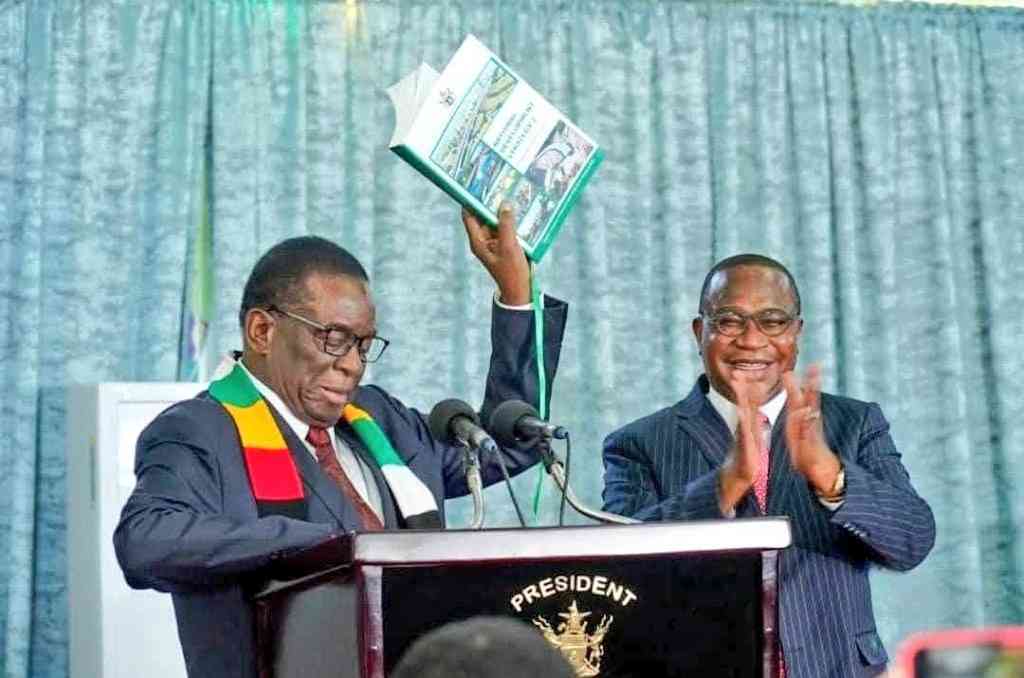
SEVERE foreign currency shortages, worsened by uncertainty over Zimbabwe’s planned de-dollarisation, are jeopardising more than US$300 million in planned lithium and platinum investments, a new Chamber of Mines of Zimbabwe report warns.
The “State of the Mining Industry Survey”, released this week, paints a sector sliding deeper into crisis as confidence erodes and capital dries up.
A record 80% of mining executives expect access to foreign currency to deteriorate in 2026, with the outlook index for forex availability plunging to -31, its lowest level on record.
According to the report, miners are struggling to secure offshore financing for expansion projects, with financiers citing escalating country risk and widespread anxiety over government plans to phase out the US dollar.
“Financiers are reluctant to provide long-term financing beyond 2030, citing uncertainty surrounding potential outcomes of the country’s de-dollarisation policy,” the survey noted.
Financiers also raised concerns over an unstable foreign exchange management system and inconsistencies in the implementation of the currency roadmap.
With offshore credit nearly inaccessible, most companies, particularly in gold, have been forced to rely on their own cash flows to fund growth.
“Financiers are demanding that gold producers lodge physical gold as collateral and maintain escrow accounts to mitigate counterparty risk,” the report stated.
- Mines propose fresh power import deal
- Motorist robbed while relieving self
- RBZ shifts blame to companies
- Forex retention policies ruin mines
Keep Reading
The sector requires more than US$500 million in fresh capital in 2026, with about US$300 million, roughly 60% of the funding gap, concentrated in the high-potential lithium and platinum group metals industries.
Currency policy uncertainty took centre-stage at the Zimbabwe Independent’s 2025 Banks and Banking Survey and awards ceremony, where business leaders and economists once again urged government to abandon its 2030 mono-currency target. Many argued that forcing a full return to a local currency, after repeated failures since 2009, could choke investment, distort credit markets and worsen macro-economic instability.
The government plans to give the ZiG a dominant role in transactions from 2030, despite significant market scepticism.
Confederation of Zimbabwe Industries chief economist Cornelius Dube questioned the rationale behind fixing a hard deadline.
“If our approach is market-led, then that means 2030 should be informed by the market,” he argued. It cannot be market-led when we are talking about 2030. I think 2030 is the problem here.”
WestProp Holdings CEO Ken Sharpe drew parallels with Israel’s lengthy de-dollarisation process.
“If you take Israel, for example, as one of the countries that successfully de-dollarised, it took 20 years before they were confident enough to introduce the local currency as the main currency,” Sharpe said.
“If they have all the money in the world and it took them 20 years, how can we do it sooner? Let us be realistic about the goals.”
He warned that uncertainty beyond 2030 is already distorting banking decisions. “The banks will not extend loans beyond 2030, it is impossible.”
Economist Gift Mugano added that trust in a currency cannot be legislated and warned that the ZiG remains virtually absent in the informal sector, which accounts for at least 80% of economic activity.
However, Reserve Bank of Zimbabwe deputy governor Innocent Matshe insisted the de-dollarisation path is irreversible.
“So, in terms of the anxieties around monocurrency, let me be as clear as I can be, that in most countries, they use their own local currency,” he said.
Beyond the investment freeze, miners are wrestling with severe operational challenges. Electricity shortages are cutting output by up to 10%, with unscheduled outages severely disrupting production. Companies also reported an average 4% drop in production for 2025 due to an inability to import critical materials.
Gold and PGM producers are under strain amid delays in receiving the ZiG portion of their mandatory export surrender, leaving them effectively operating on just 70% of their revenue.
Despite these headwinds, mineral revenue is forecast to reach US$7 billion in 2025, up from US$5,9 billion in 2024 and climb further to US$7,5 billion in 2026.
However, the Chamber of Mines cautioned that the projected growth path is increasingly fragile.
“They do not know it is on the ground, but you are talking about a 15% national average (ZiG circulation). You are data-driven, but you must also include the informal sector,” Mugano said.









